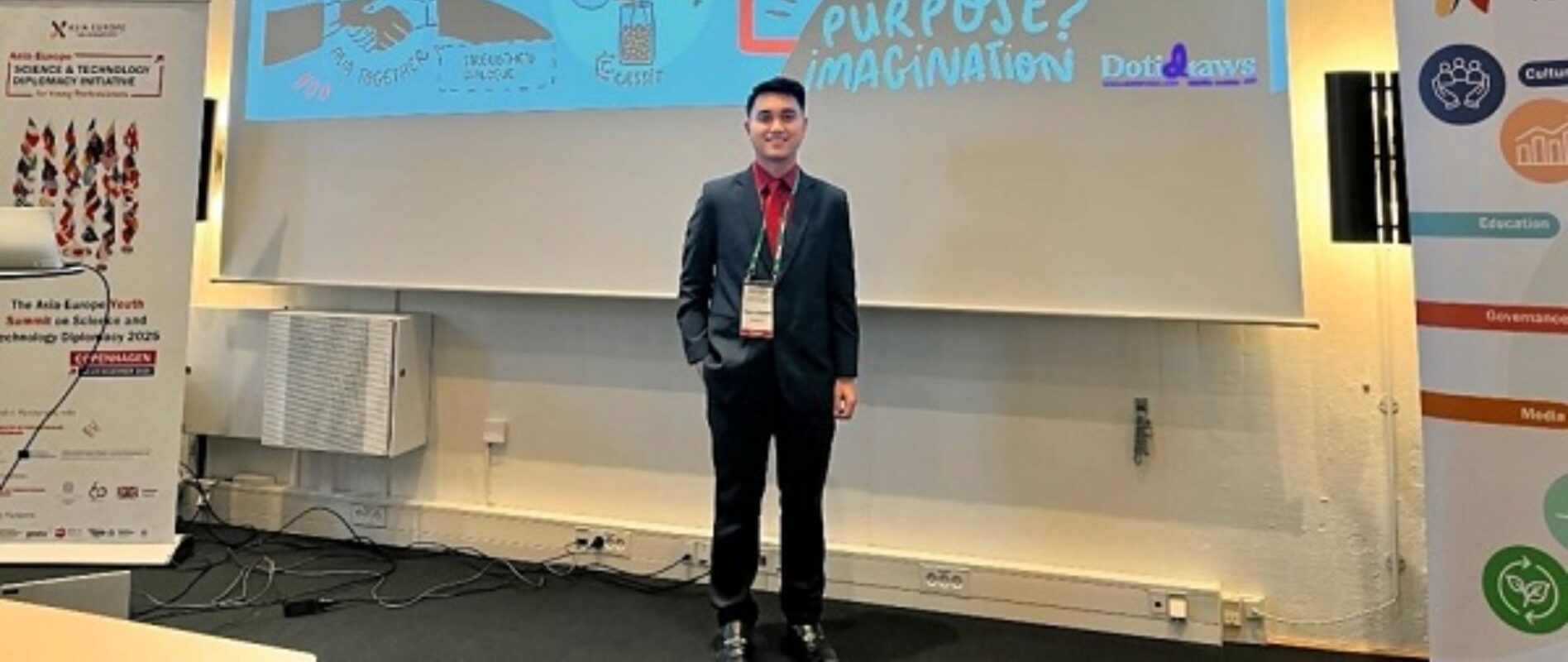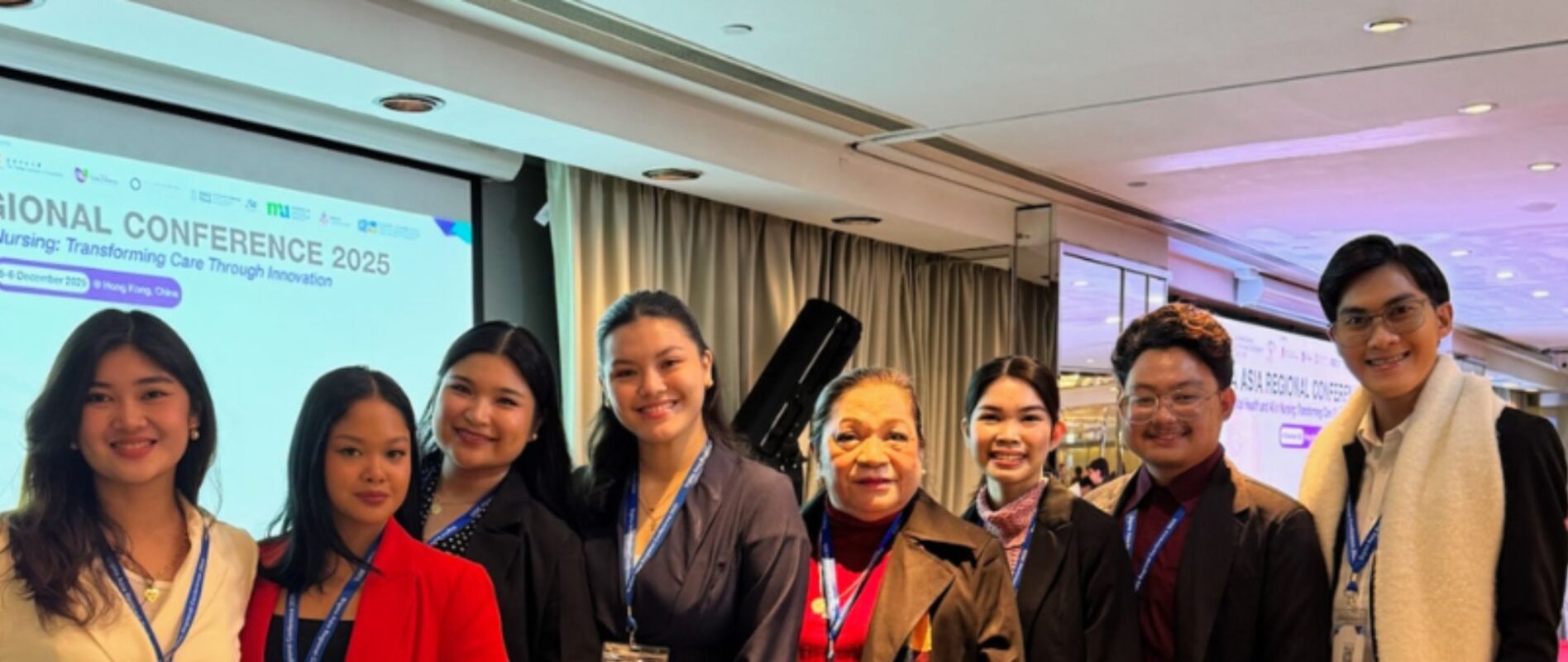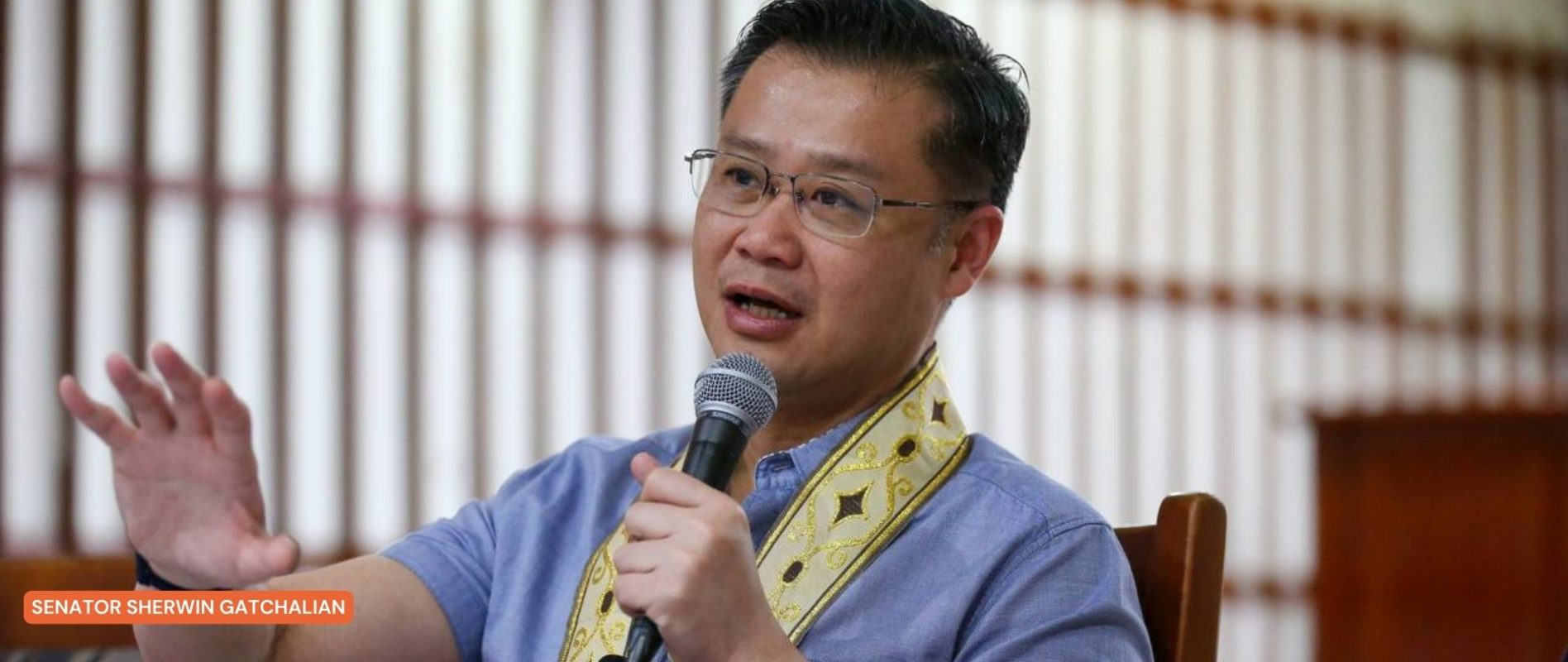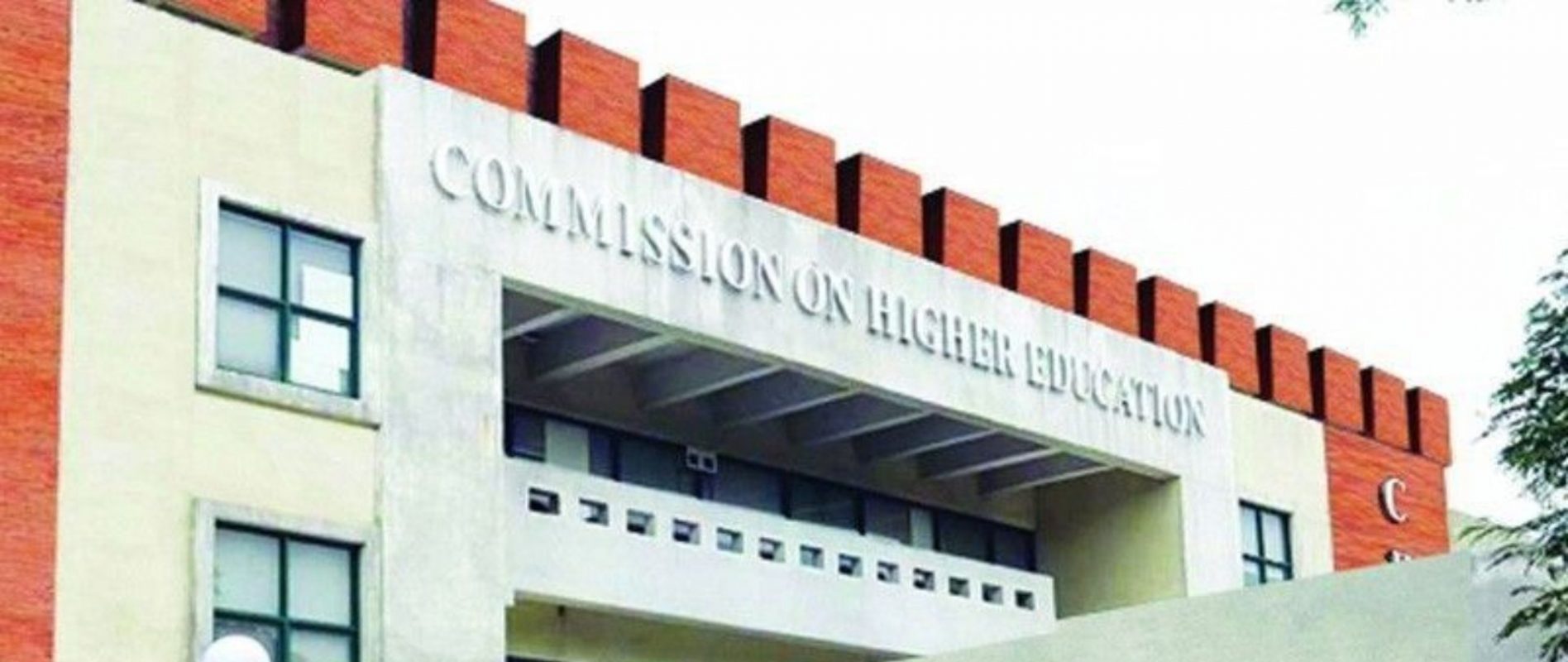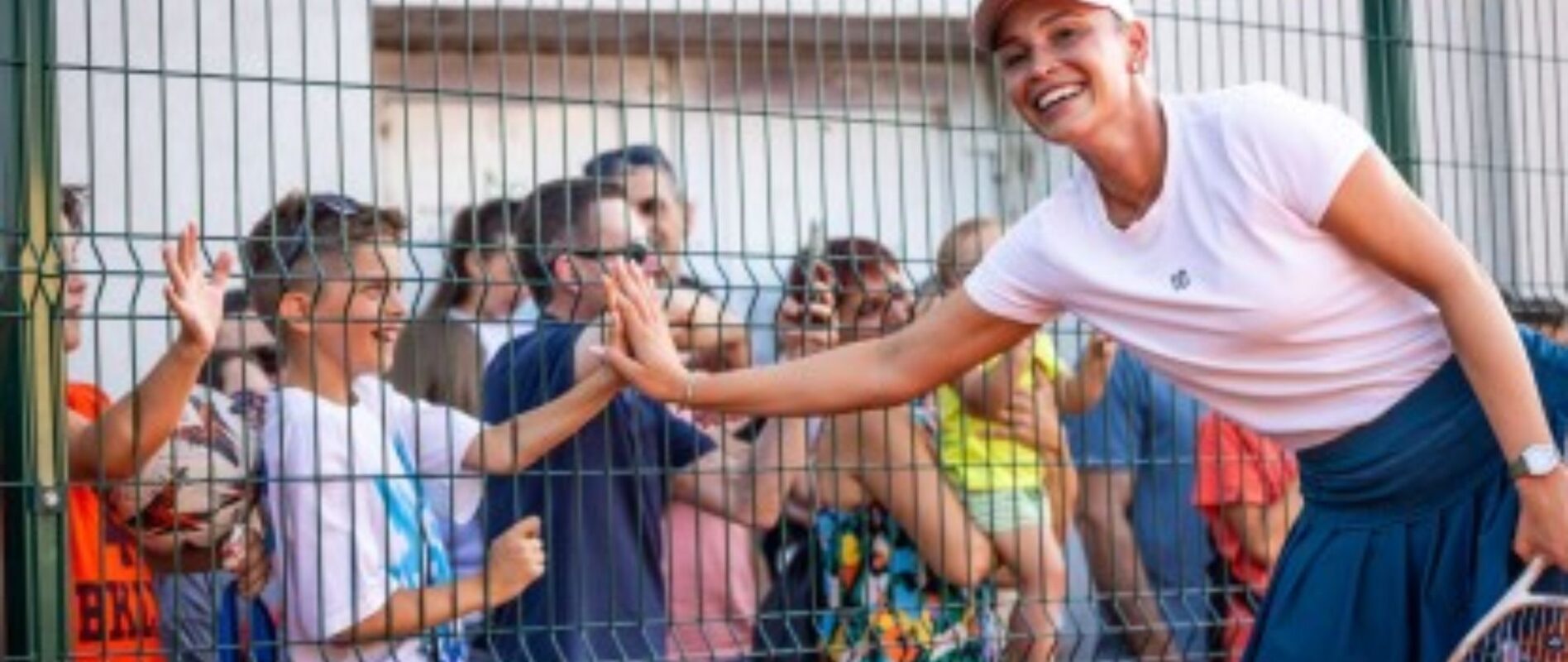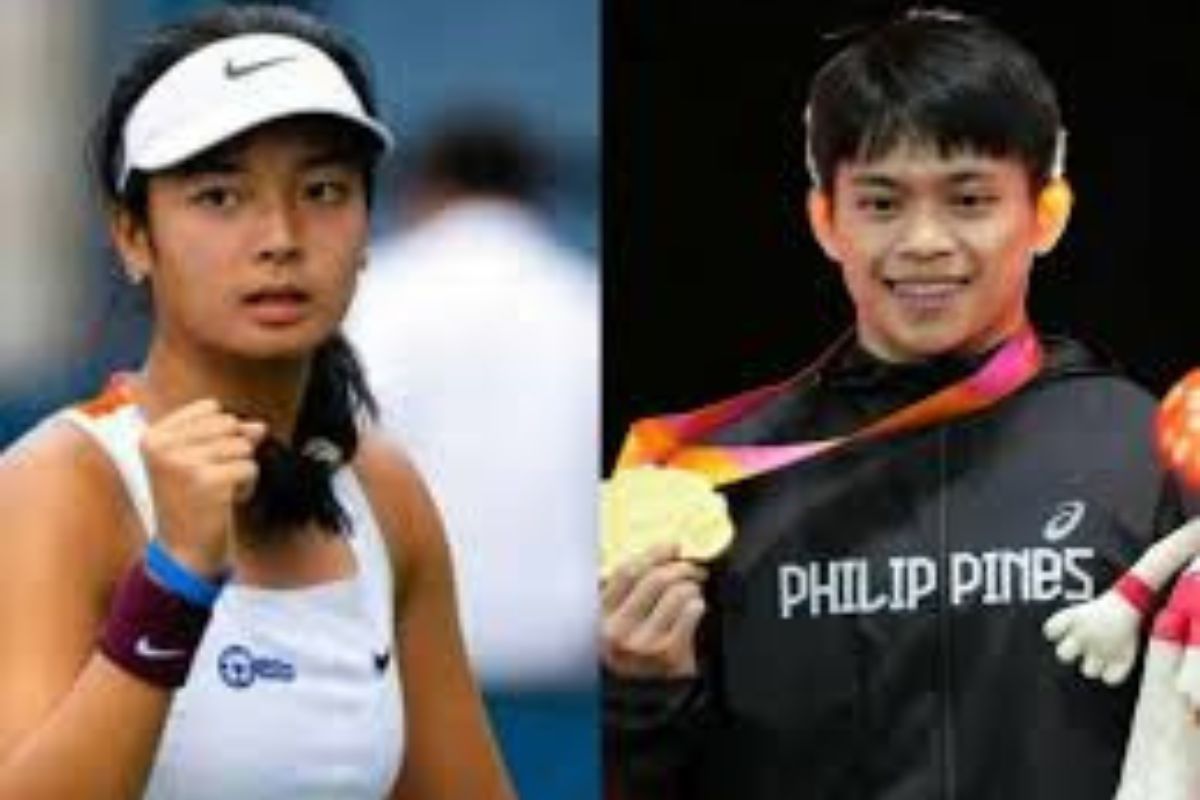ART IN THE TIME OF PANDEMIC
THE PANDEMIC has limited the movement and activities of most people, forcing them to remain cooped at home to avoid the contagion.
But for some, being in isolation is an opportunity to hone skills and to find ways to be creative.
Even amid the desolation, some people turned to art, finding it an escape, a source of hope and to fulfill the need for self-expression.
This was the case for Jenny Adriano, a third-year BS Electrical Engineering student of the Polytechnic University of the Philippines, who turned to art to channel positivity from herself to a pandemic-stricken world.
“During community quarantine, ginugol ko oras ko sa paggawa ng artworks at para ma-enhance din ‘yung skills ko. Art is important for me because it allows me to express myself and it helps me boost self-confidence and self-discipline,” Adriano said.
“People use art to communicate. It’s used to express the beauty of the world through visuals/performances. It expresses political ideas, religious beliefs, feelings, creativity, etc. Art helps the community by bringing a glimpse of hope during the community quarantine,” she added.
Adriano believes that in this time of crisis and isolation, art remains important, whether people realize it or not.
“My favorite artwork out of all the artworks that I have made is entitled ‘DUYAN’, a charcoal on vellum which tackles the welfare of children. It bears the message of ngiti ng munti sa panahon ng pag-aalala at sa gitna ng pandemya,” the student said.
“Naisipan ko dalhin ‘yung camera ko tapos mag-ikot-ikot sa neighborhood to take pictures. Tapos sa isang compound mayroon mga batang naglalaro kaya nakatuwaan ko silang kunan ng pictures. Tapos napansin ko na ‘yung sa mga pictures puwede kong gamitin para sa artwork ko,” she added.
Art seeks justice
Anne Catherince Silvio, a Fine Arts student of the University of the Philippines-Diliman, said that art’s significance is to create “collective consciousness.”
 “Para sa akin, tina-translate ng art ang mga kuwento ng mga tao at saka panawagan. ‘Yung mga malalalim na bagay na hindi natin masyadong maintindihan puwedeng mas maintindihan din natin sa mga artworks,” Silvio said.
“Para sa akin, tina-translate ng art ang mga kuwento ng mga tao at saka panawagan. ‘Yung mga malalalim na bagay na hindi natin masyadong maintindihan puwedeng mas maintindihan din natin sa mga artworks,” Silvio said.
“Bukod pa rito, nakaka-infuence din kasi ang art. Nalaman ko na kahit ‘yung mga maliliit na symbolism sa paintings o drawings, importante pa rin — form and content, ika nga nila,” she added.
Silvio stressed that it is not enough to know how to make art, but artists must also know “why and for whom we want to make art for.”
“Halimbawa ang relevance ng art sa mga katutubo, symbol siya ng kultura nila.
Paano namin i-translate ‘yun as art students? Nakikita namin na dahil sa displacement nila napipilitan silang ibenta ‘yung mga bagay na sacred sa kultura nila para lang mabuhay sila. Malaki ang saklaw ng relevance ng art para sa akin — hindi siya natatapos sa interpretation ng mga paintings o paggawa ng pubmat,” she said.
Silvio explained that art allows people to see things in new ways, and sometimes even seeks justice to problems that have been overlooked.
“Halimbawa, nagkaroon kami ng donation drives para sa mga nasalanta ng kalamidad. Masasabi ko na ang laki ng halaga ng sining during that time kasi hindi lang ‘yun usapin ng magkano na-raise namin — mas nakita namin ang sitwasyon. Hindi lang kami nag-focus sa kung sino naapektuhan ng pandemic at saka calamities, pero inugat din namin bakit lumalala ng ganito ang sitwasyon natin ngayon,” Silvio said.


